California IBank Invests $25M in Wildfire Innovation Fund
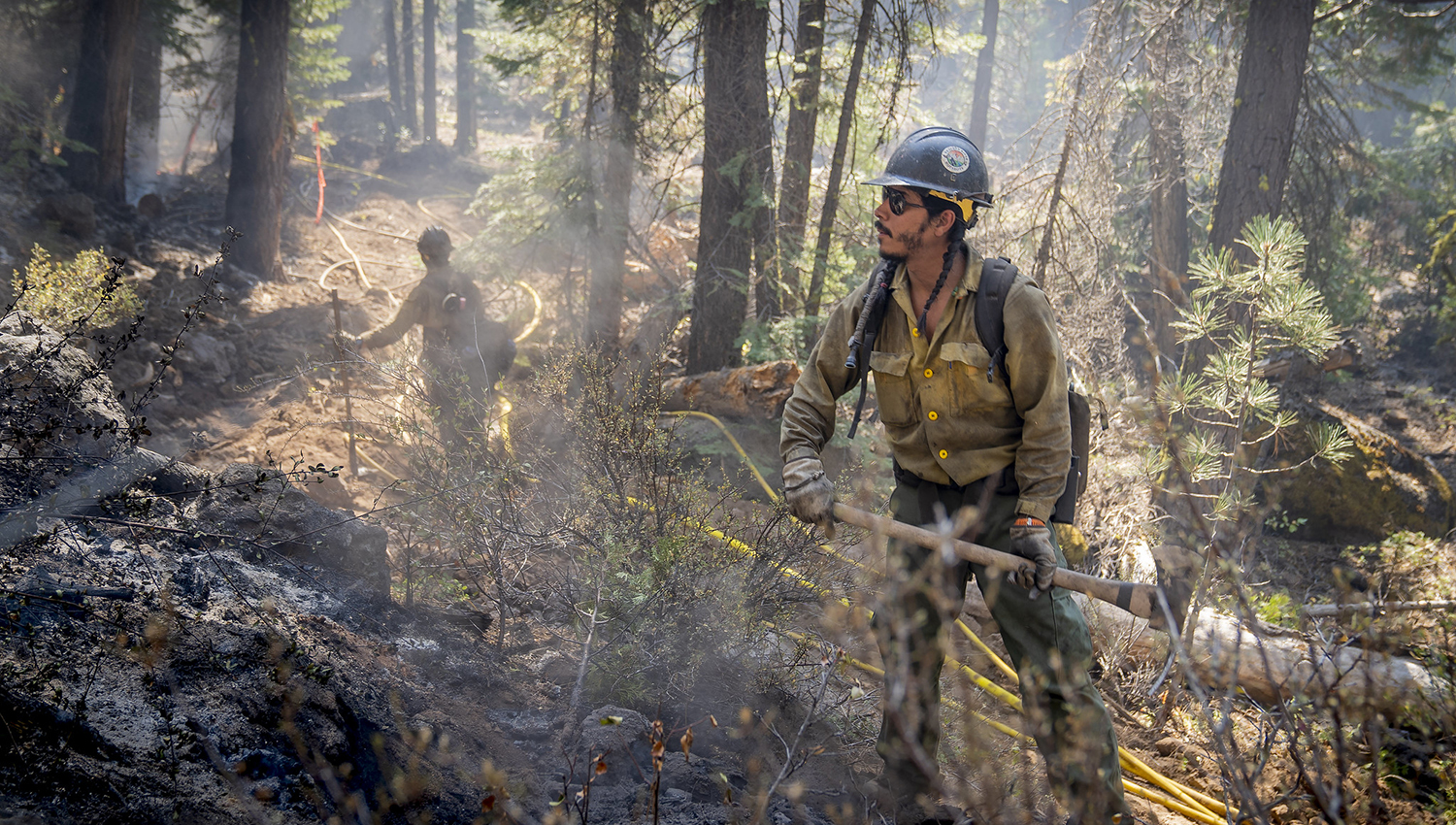
California IBank Invests $25M in Wildfire Innovation Fund
September 3, 2024 – California’s Infrastructure and Economic Development Bank (IBank) announced $25 million from the Climate Catalyst Revolving Loan Fund will be invested in the California Wildfire Innovation Fund to reduce wildfire risk. Funds will be used to restore California forests, improve forest health, and put new biomass technologies to work.
The California Wildfire Innovation Fund is managed by Blue Forest, a conservation finance non-profit that supports entrepreneurs and companies working toward forest restoration and economic revitalization.
The fund offers flexible, low-cost financial support for emerging opportunities across California’s forest restoration and wood utilization sectors.
U.S. Forest Service Announces Funding to Reduce Wildfire Risk
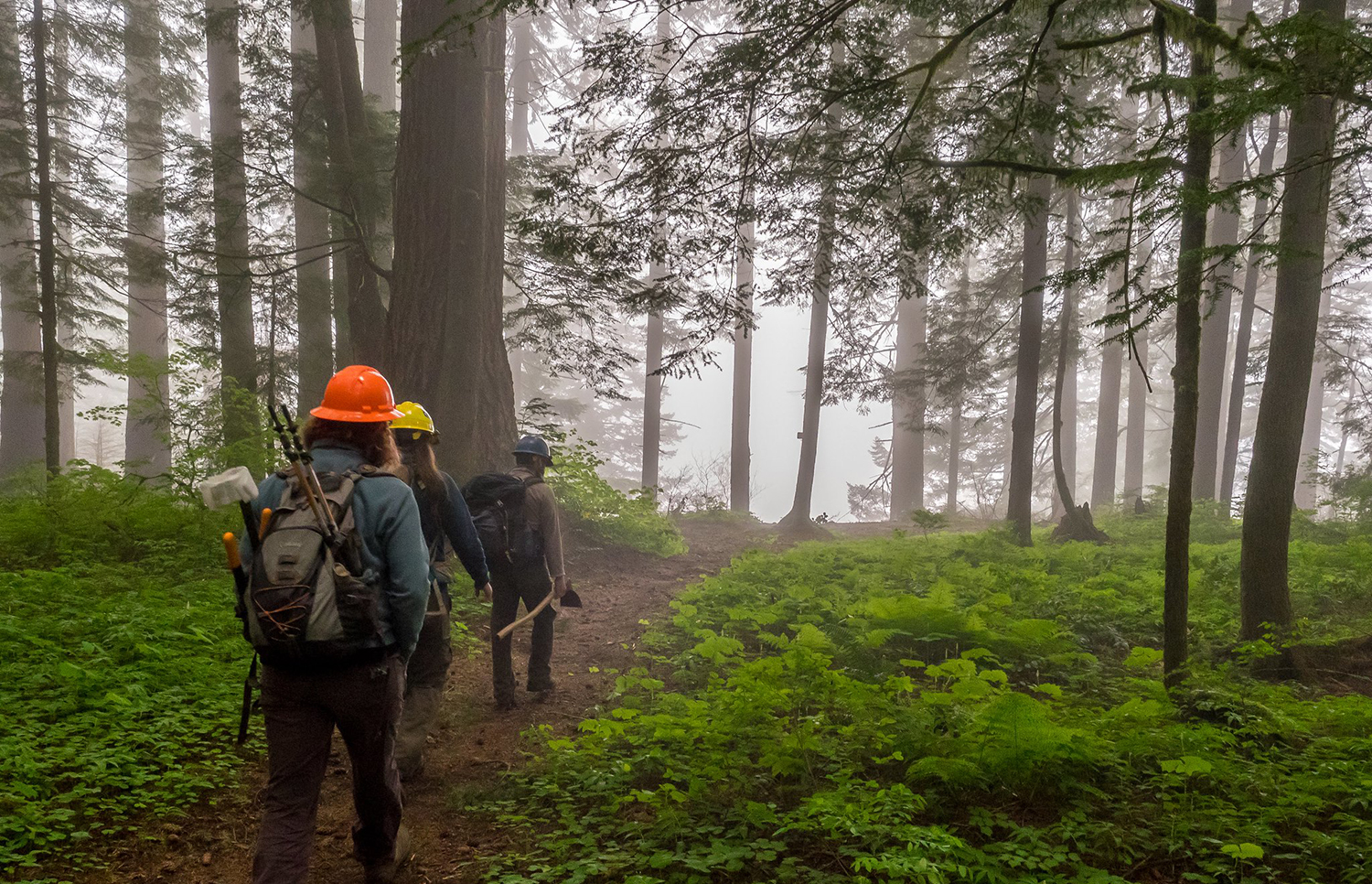
U.S. Forest Service Announces Funding to Local Businesses and Underserved Populations to Reduce Wildfire Risk
$25M Funding Opportunity to Reduce Wildfire Risk
August 6, 2024 – The U.S. Forest Service announced a funding opportunity through the Hazardous Fuels Transportation Assistance program to reduce wildfire risk, increase market opportunities, and support local jobs.
The program is available to local businesses that remove hazardous fuels from national forests and transport the material to be processed for wood products or services. Transporting the materials out of the national forest prevents them from being burned in the forests or left in place where they are subject to insects and diseases that increase the risk for wildfire.
The funding focuses on the removal of hazardous fuels with little commercial value, creating economic opportunities while improving overall forest health and resilience.
$15M to Help Underserved and Small-Acreage Landowners Access Climate Markets
August 28, 2024 – The U.S. Forest Service announced it is investing $15 million to connect underserved and small-acreage forest landowners with emerging climate markets. These investments will expand access to markets that were previously out-of-reach for underserved and small-acreage landowners to access new economic opportunities to maintain healthy working forests as pressures increase to convert forests to other uses. In California, nearly $2 million will go to the Shelterwood Collective, a 900-acre Indigenous, Black, Disabled, and Queer-led community forest and collective of land protectors and cultural changemakers.
CAL FIRE Funds 94 Wildfire Projects
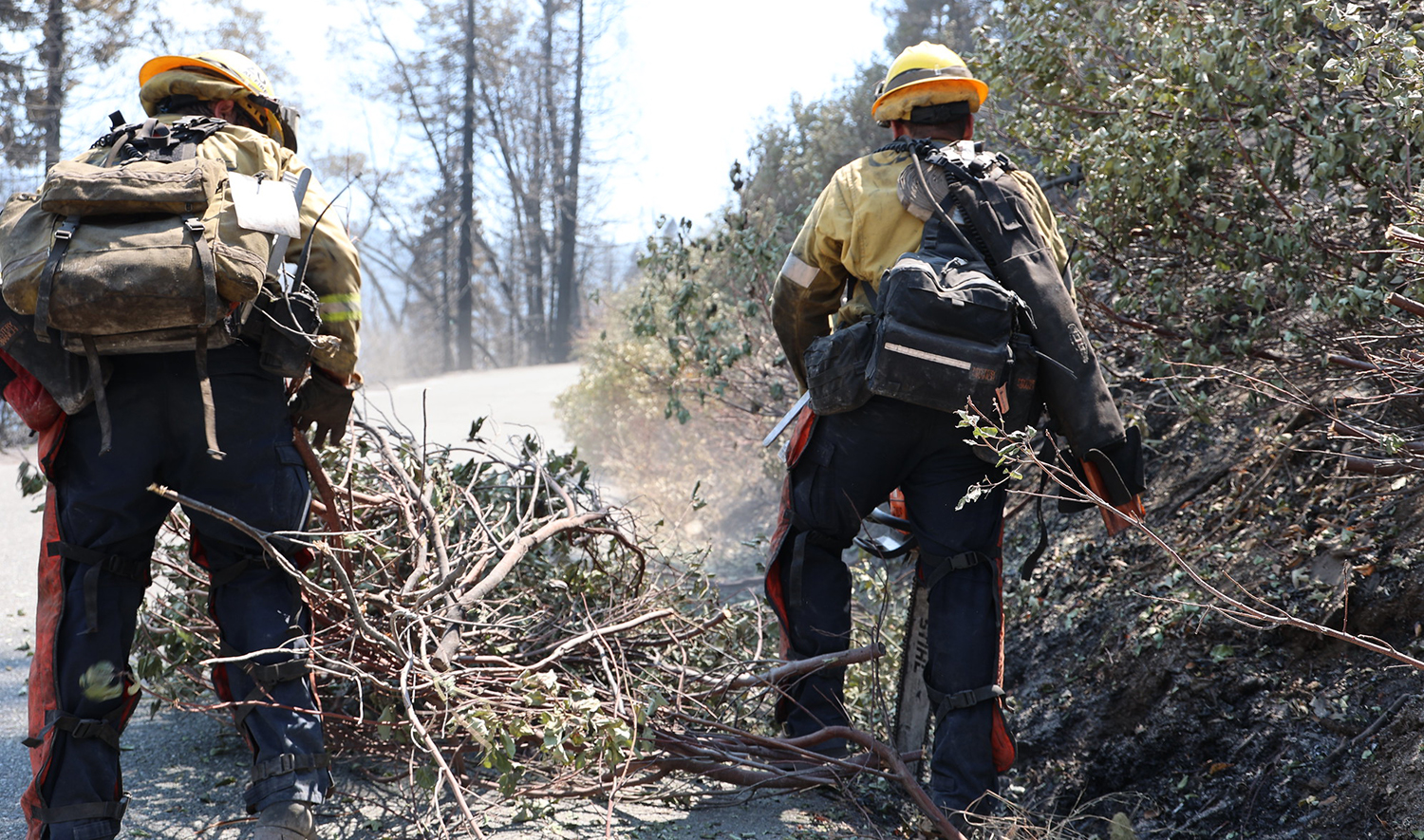
CAL FIRE Funds 94 Wildfire Projects to Build Climate and Community Resilience
August 20, 2024 – CAL FIRE announced grants with $90.8 million in funding for 94 local wildfire prevention projects across California. Wildfire Prevention Grant projects include hazardous fuels reduction and wildfire prevention planning and education, with an emphasis on improving public health and safety while reducing greenhouse gas emissions.
Over two-thirds of the projects will go to communities that are low-income and disadvantaged. These grants bring CAL FIRE’s Wildfire Prevention Grants Program total funding to $450 million that have supported over 450 projects across the state which have collectively accelerated progress toward the goals of California’s Wildfire and Forest Resilience Action Plan.
Task Force Launches New Work Group on Healthy Watersheds
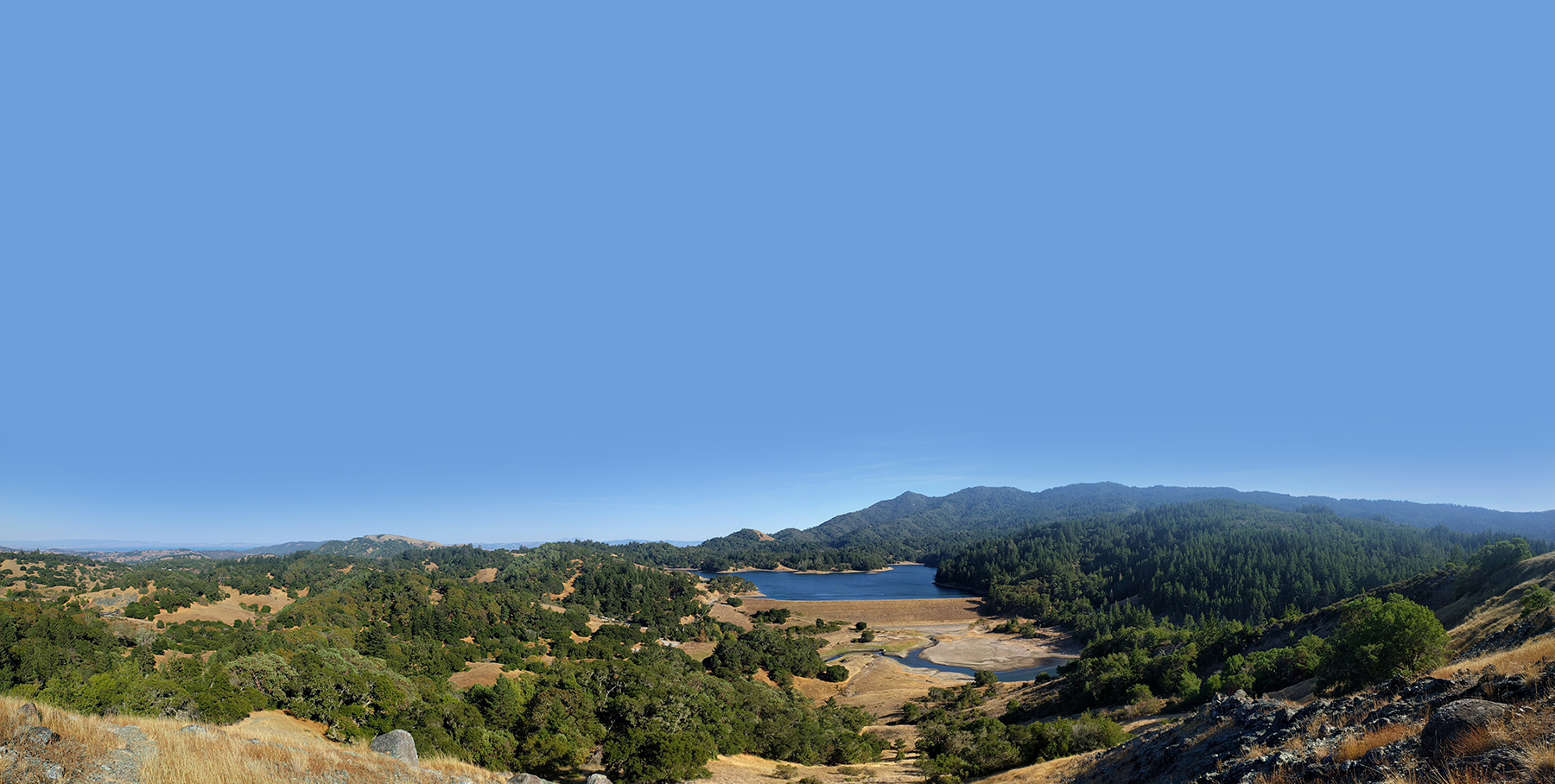
Task Force Launches New Work Group on Healthy Watersheds
August 6, 2024 – The Task Force launched its newest work group which focuses on a critical aspect of the CA Wildfire & Forest Resilience Action Plan – the intersection between watershed health and landscape resilience to wildfire.
It’s well known that wildfires adversely impact watersheds. But it’s important to also recognize that healthy watersheds play a key role in mitigating catastrophic wildfires. The Watershed Work Group promotes fire resilience and watershed health programs that share these important priorities.
Visit the Healthy Watersheds Work Group webpage to learn more about the Work Group partnering organizations and to access a list of programs, plans, and strategies focused on California’s water supply and security.
New Conservation Strategy to Protect Montane Forests in Southern California
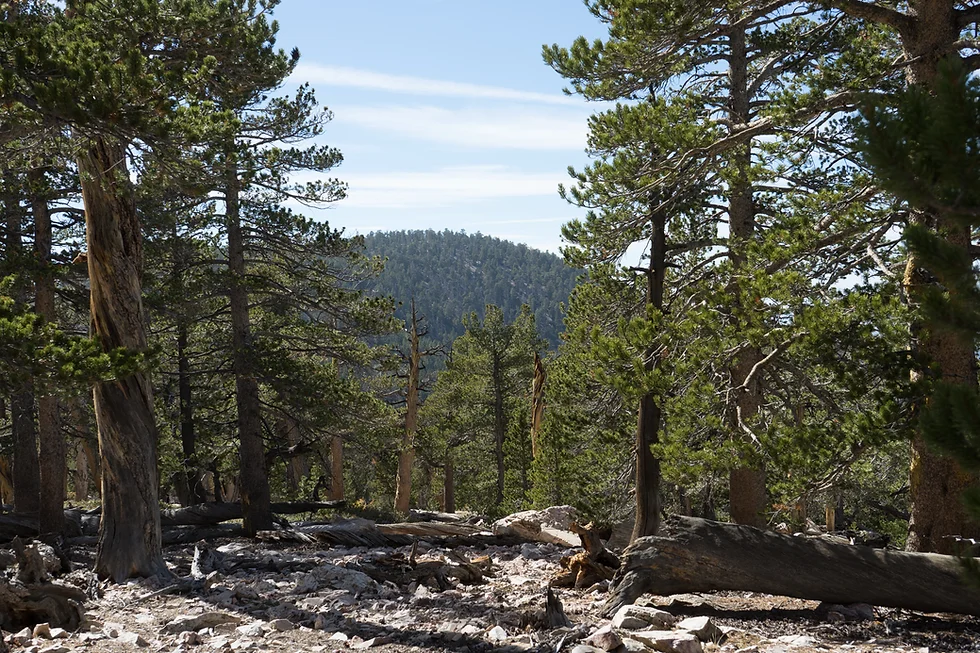
New Conservation Strategy to Protect Montane Forests in Southern California
July 30, 2024 – The Southern Montane Forest Project released its Climate-Adapted Conservation Strategy, an initiative that will bolster the resilience of montane (i.e. higher-elevation forests) to confront threats from wildfires, droughts, pollution, and invasive species.
The strategy takes an all-lands approach, calling for state, federal, academic, and non-profit efforts to work in concert within the USFS’s Southern California Wildfire Crisis Landscape.
Southern California’s montane forests are a key Task Force priority because they protect watersheds that supply about 40% of downstream water for drinking and agriculture. They capture carbon, prevent soil erosion, and serve as critical habitats for threatened and endangered wildlife. They also supply Indigenous communities with food, fiber, and medicine while providing recreational opportunities to over 24 million people.
Wildfire Response Innovations and Investments Paying Dividends During Busy Fire Season
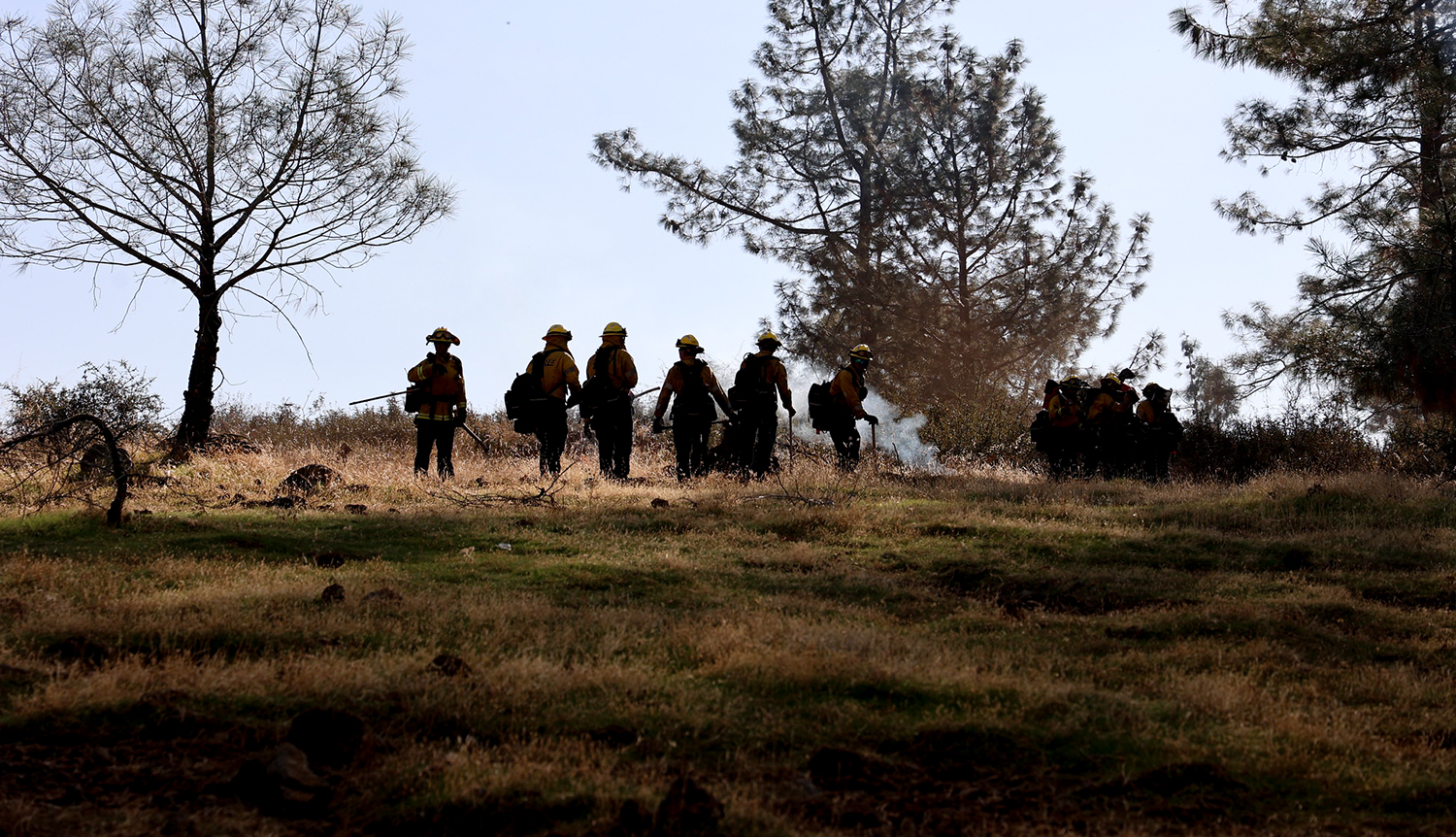
Wildfire Response Innovations and Investments Paying Dividends During Busy Fire Season
July 31, 2024 – California’s wildfire season has been off to a quick start with above average acres burned. However, recent investments and innovations have improved the state’s wildfire response and show how California is adapting with increased response capacity. The revamped Redding Air Attack Base has increased wildfire suppression capacity for the region. Additionally, for the past year, CAL FIRE and UC San Diego’s ALERTCalifornia has been analyzing camera feeds across California, alerting Emergency Command Centers and first responders to potential fire. Leveraging unprecedented federal and state investments in landscape resilience, California is making strides to protect communities in the face of climate change and increased wildfire activity.
New Website Offers a Deep Dive into Intentional Fire
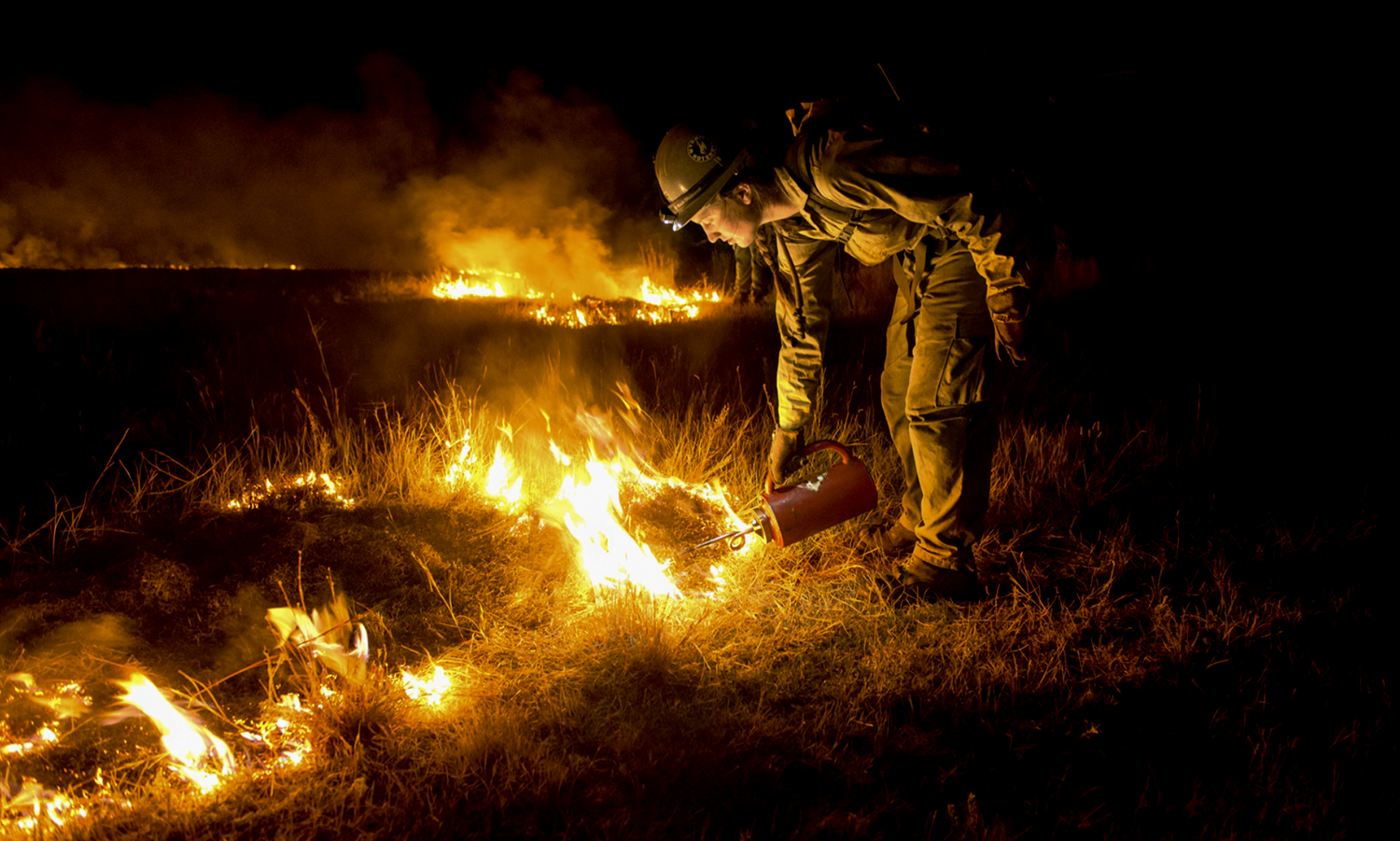
New Website Offers a Deep Dive into Intentional Fire
July 25, 2024 – Intentionalfire.org, a new educational website from the Climate & Wildfire Institute, offers an immersive, interactive view into the use of intentional fire, including prescribed fire and cultural fire. The website provides concise and easy to understand information about the benefits and importance of intentional fire. It also features engaging audio and video clips, project case studies, and actionable steps for people to help advance intentional fire in their communities. Increased use of intentional fire is a critical component of California’s Strategic Plan for Expanding the Use of Beneficial Fire.
UC Berkeley Launches Tool to Select Plant Seeds in a Changing Climate
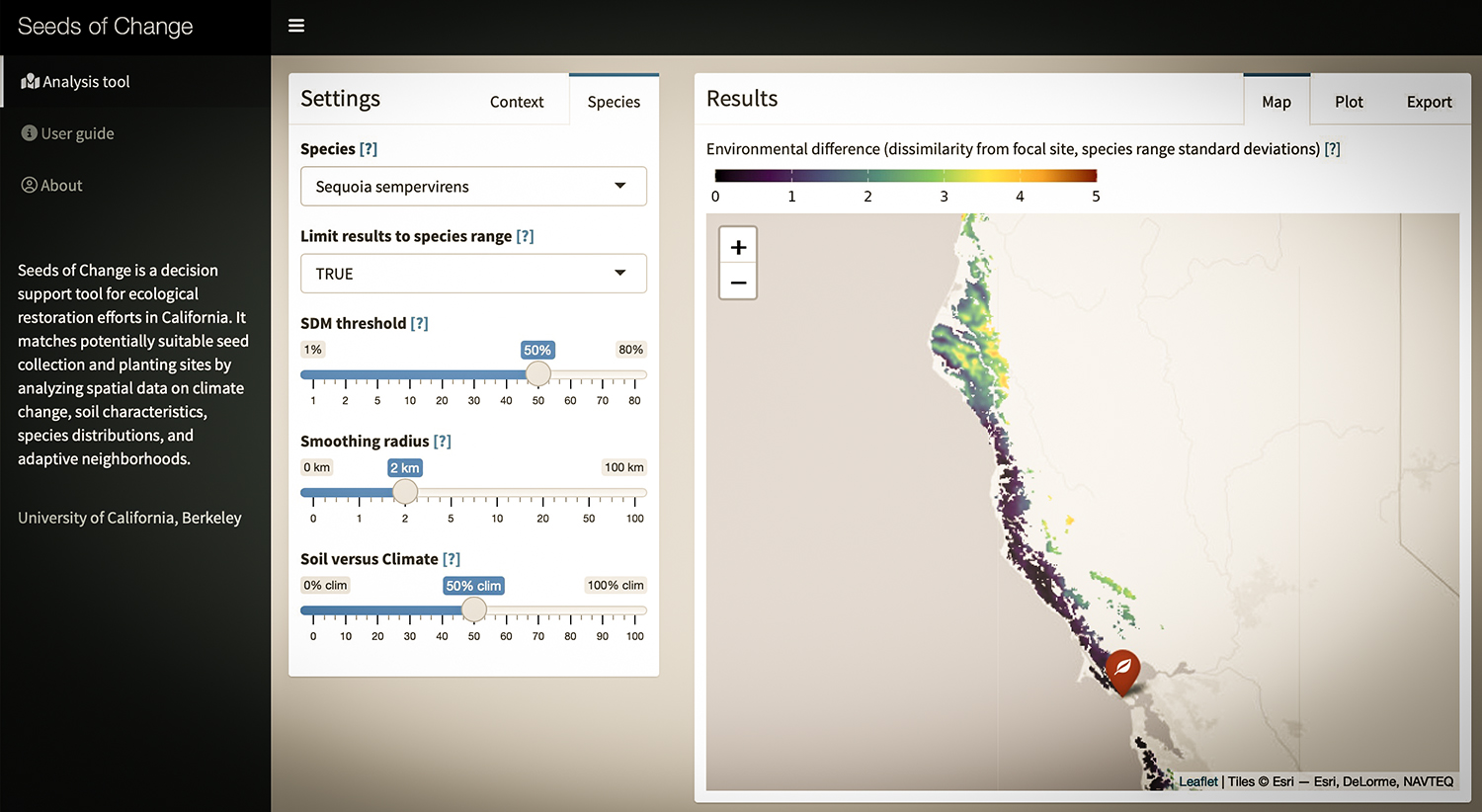
UC Berkeley Launches Tool to Select Plant Seeds in a Changing Climate
July 14, 2024 – UC Berkeley released a new spatial tool to help land managers in California select plant seeds for resilience to climate change. With the new online tool, called Seeds of Change, users can search by plant species, specify species parameters and climate change scenarios.
Users can search by plant species, specify species parameters and climate change scenarios, and click on the map to identify places to collect seeds to plant or places to plant with seeds from that site. Users can export a geographic information system (GIS) file of the results.
Climate resilient planting is an important strategy to create and maintain healthy landscapes that are less susceptible to catastrophic wildfire and adapted to a rapidly changing climate.
CNRA Webinar on the State of Wildfire in California

CNRA Webinar on the State of Wildfire in California
August 8, 2024 – California Natural Resources (CNRA) Secretary Wade Crowfoot hosted a webinar on the state of wildfire in California as part of the Secretary Speaker Series.
Secretary Crowfoot was joined by representatives from the Task Force, CAL FIRE, U.S. Forest Service, the Karuk Tribe, and others for a conversation on current efforts to protect California from dangerous wildfires and restore the health of our landscapes.
New Web Resources Help Californians Find Relief from Smoke and Prepare for Wildfires
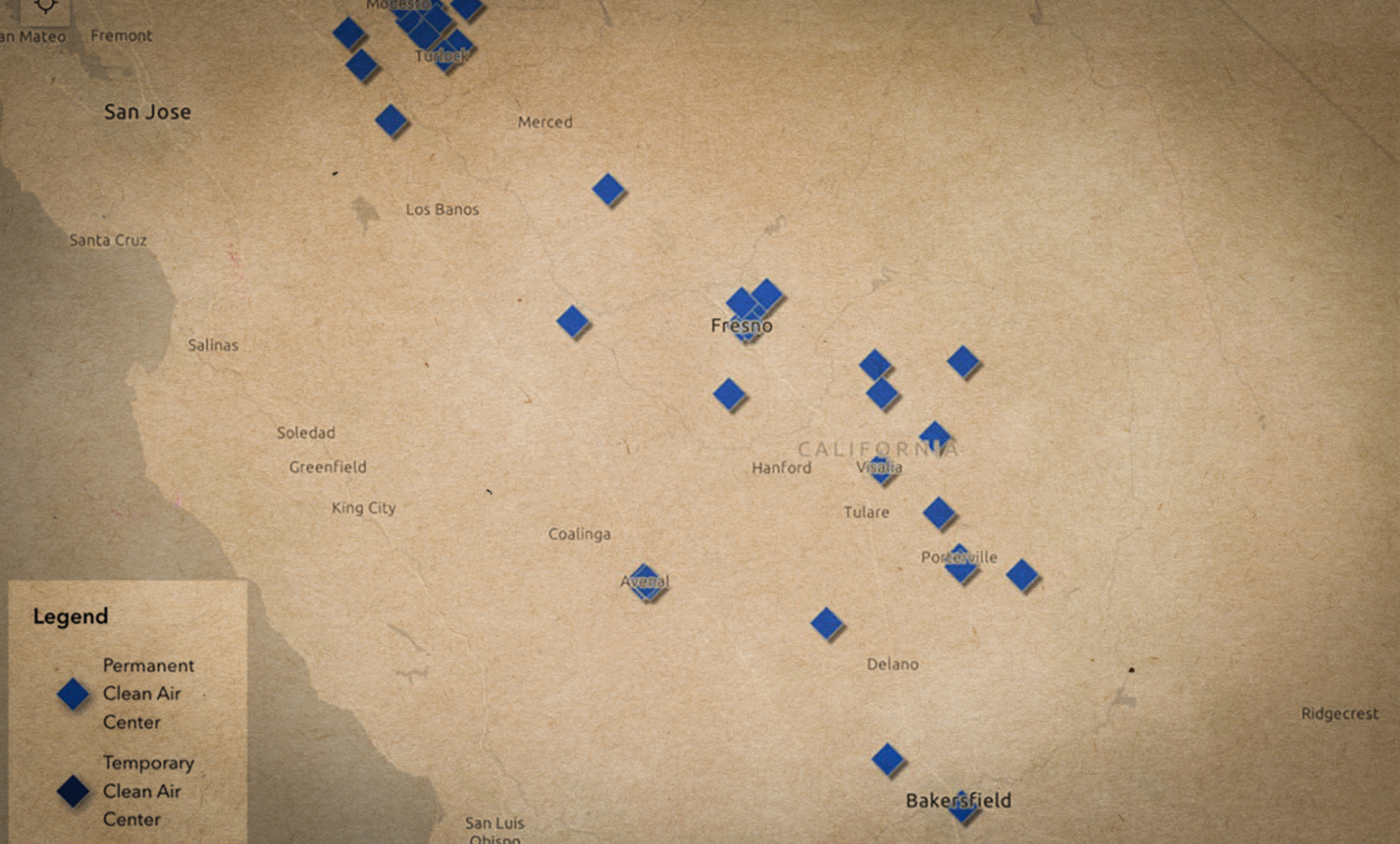
New Web Resources Help Californians Find Relief from Smoke and Prepare for Wildfires
June 24, 2024 – Clean Air Centers Maps Shows Where to Find Relief from Wildfire Smoke: The California Air Resources Board announced the launch of an interactive, statewide map that offers a one-stop-shop for information about the location and services available at Clean Air Centers. Clean Air Centers will offer Californians who don’t have access to adequate air filtration a safe place to go during periods of heavy smoke. Built in collaboration with local air quality control districts, the online map makes it possible to see where Clean Air Centers are located and provides easy-to-access information, including operating hours, contact information and on-site resources like free Wi-Fi.
CAL FIRE Updates Wildfire Preparedness Website: In preparation for the fire year, CAL FIRE has updated the ReadyForWildfire.org site. This one-stop-shop provides advice and guidance on everything from home hardening and defensible space, to what to pack for evacuation, to what California is doing to enhance and protect forest health.

